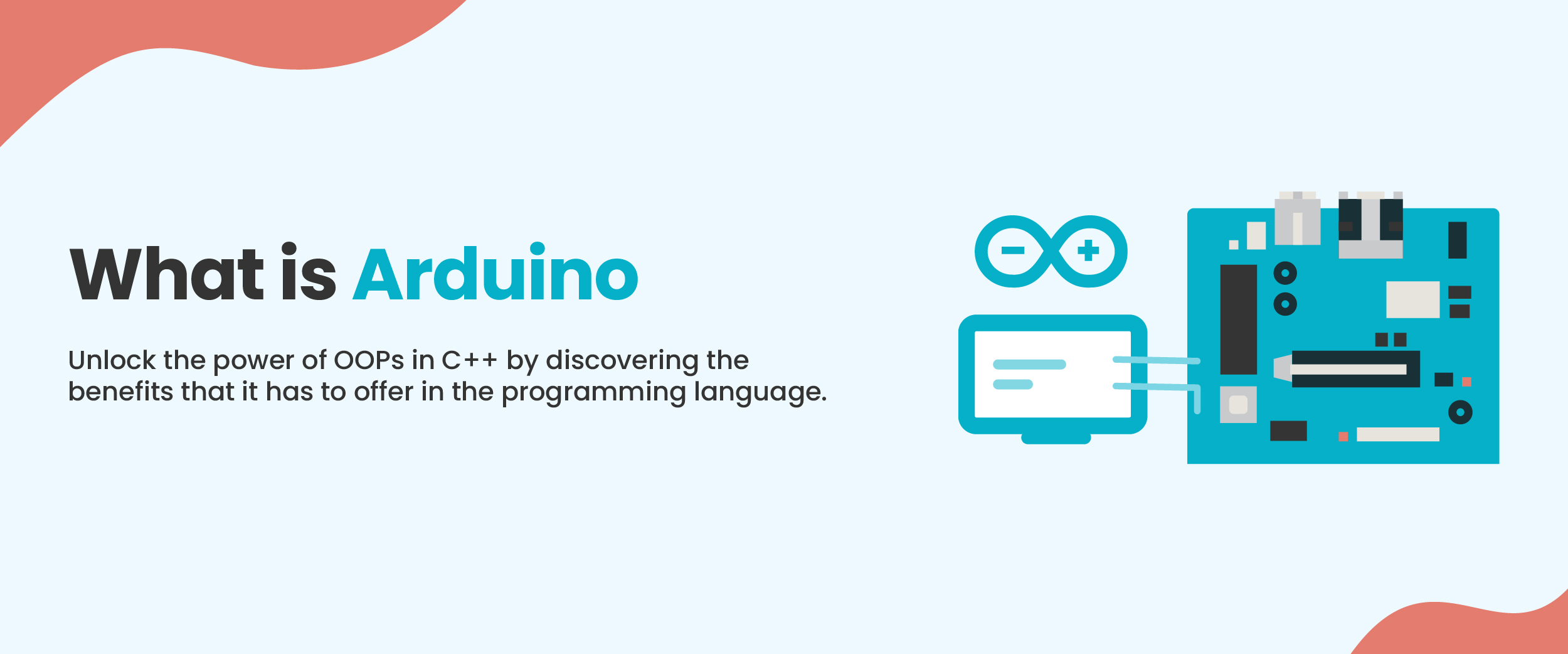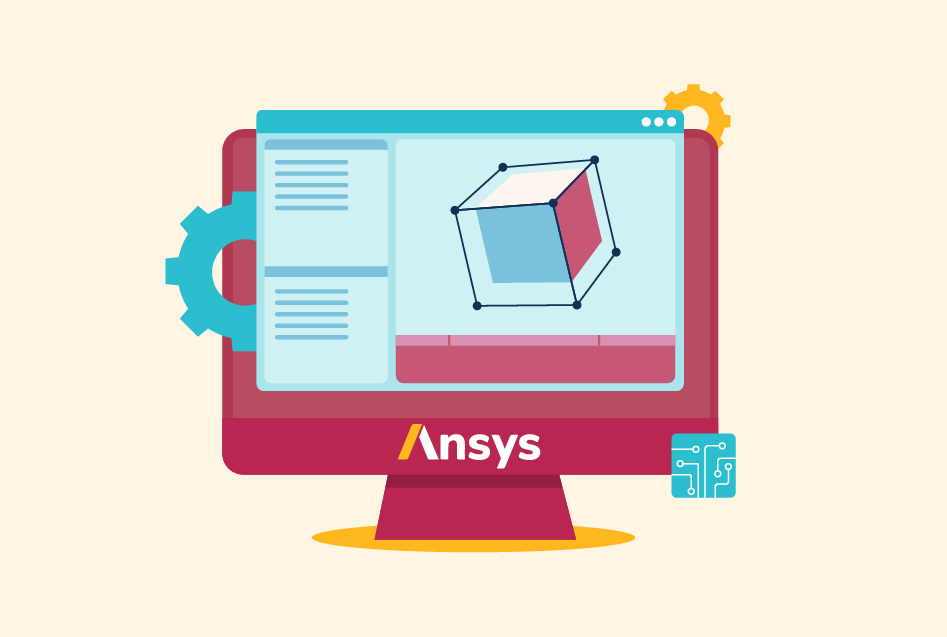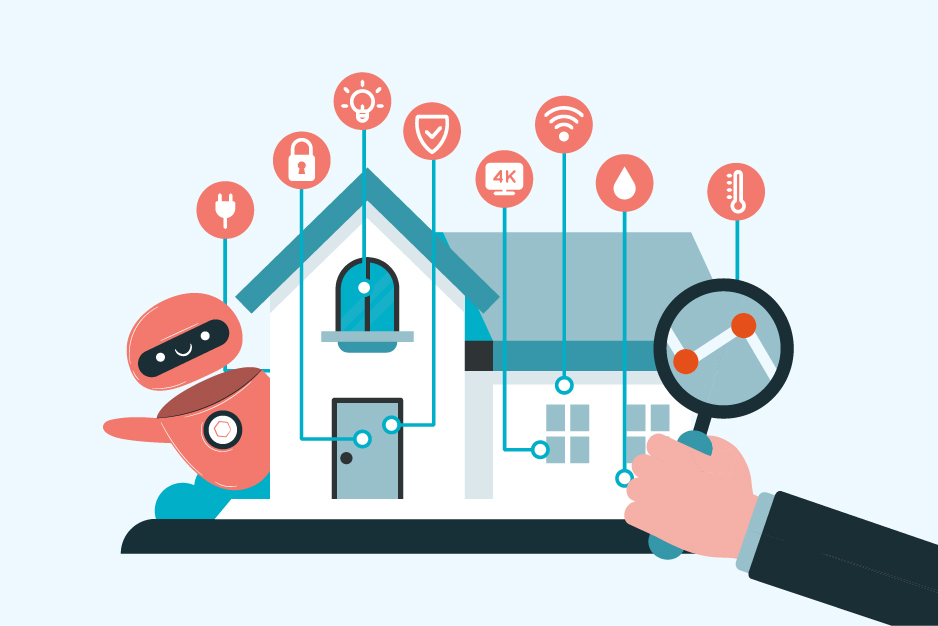What is Arduino? Everything You Need to Know
Arduino is an open-source development board that helps designers build devices that are useful in the real world. For a good reason, it has become fairly popular among those just beginning out in electronics. It has formed a vast community because of its unique implementations. This blog will help you understand what is Arduino, what are its components, its uses, and briefly discuss its advantages and disadvantages.
Arduino Definition & Overview
Arduino is a board for developing devices’ designs that interact with the real world. It is made up of two components, namely hardware, and software. It consists of a physical programmable circuit board and a piece of software. It helps large companies and organizations as it describes the compatibility of the community. The board is useful for people who have to work and create interactive projects, such as artists, designers, hobbyists, and students.
Working with Arduino does not require a specific degree or qualification. You can get yourself enrolled in an online Arduino Course to learn more and get a better understanding of the subject.
What Makes Arduino Popular?
Now that you know the meaning of Arduino, let us get into the details and understand what made it gain popularity. The following points highlight the features that make Arduino a unique platform:
- Open Source- The software and hardware of Arduino are easily available for use to everyone which makes the community supportive and collaborative.
- Ease of Use- The platform was designed keeping in mind the simplicity of the work that would be done on it. It does not require any special qualifications from people who use it.
- Versatility- It is used in a wide range of applications which makes it highly versatile. The flexibility that it offers helps create a variety of projects.
- Affordability- This software is way more affordable than the other microcontroller platforms. Most people get access to it because of this as not all of them can afford expensive platforms.
- Extensive Ecosystem- It has an extensive ecosystem of compatible sensors and accessories. The availability of a wide range of components reduces the need for complex circuit design and simplifies the process.
The points mentioned above are just a few of many that explain why Arduino is popular. It is important to know what is made of before getting into using it. Hence, the next section will cover the components of Arduino.
Arduino Components
Arduino is made up of a lot of components that ensure its smooth working. The following are those components:
1. Board
The Arduino Board is the central component of this platform, it serves as a microcontroller unit responsible for controlling the components in the project. Not one, but there are different boards in Arduino available for use.
2. Breadboard
A prototyping tool that is used for quick connections of the components and does not need soldering. It has a grid of interconnected sockets that enable the placement and connection of wires and components without any hassle.
3. LEDs
LEDs come in different colors and can be connected directly to the digital output pins in Arduino. They are the most commonly used for visual feedback in projects that can be used to indicate status, display information, or create visual effects.
4. Resistors
They are the passive components that are responsible for controlling the flow of electric current in a circuit. They are also used in voltage dividers and various sensor circuits to adjust, and control signal levels, and to limit the current to prevent the LEDs from burning out.
5. Sensors
The sensors are involved in Arduino projects to measure the physical quantities and environmental conditions. Temperature sensors, light sensors, proximity sensors, and motion sensors are some of the sensors that are available in Arduino.
6. Displays
LCD, OLED, TFT, and 7-segment displays are used by Arduino to provide visual outputs of the projects.
7. Communication Modules
The communication is accessible in Arduino through a variety of communication protocols. Wi-Fi, Bluetooth, RFID, and GPS are some common communication modules.
Uses of Arduino
Now that you know what is Arduino and have an understanding of its components. Let us learn about Arduino uses through the following points:
- Robotics- It is widely used in the field of robotics as it can control motors, sensors, and actuators. This makes it suitable for both complex and simple robotic projects.
- Smart Houses- It can be used to automate a variety of functions in your house, including lighting, fans, thermostats, and security systems. You may create personalized home automation systems to meet your requirements.
- Wearable Electronics- It has the potential to be utilized to make interactive accessories and health-monitoring gadgets. It is ideal for wearable applications, because of its small size and low power consumption.
- Interactive Art- It is frequently utilized in interactive art and design as it enables artists and designers to incorporate technology into their works. It also allows them to create interactive installations and responsive settings.
- Teaching Electronics- It is a fantastic teaching tool for electronics and programming fundamentals. Its ease of use, low cost, and extensive online materials make it suitable for both beginners and expert students.
Advantages of Arduino
The advantages of Arduino are:
- It is easy to use and accessible to everyone.
- It is open source and is available for use to everyone.
- It has abundant libraries and shields.
- It has a wide range of compatible components.
- It is cost-effective and affordable.
Disadvantages of Arduino
The disadvantages of Arduino are:
- It has limited processing power and memory.
- It is not suitable for high-performance applications.
- It has hardware limitations.
- It lacks real-time operating system support.
- It has limited debugging capabilities.
Conclusion
We discussed what is Arduino in this blog post descriptively. It is an open-source development board that helps designers build devices and has formed a vast community because of its unique implementations. It is easy to use and is affordable at lower costs. However, it is important to know about its components before you start working on it.
FAQs
The ATmega328P is the microcontroller used in Arduino Uno.
Arduino board is an open-source platform also known as a single-board microcontroller. It is used to read the inputs of sensors, actuators, and other board-connected devices.
Arduino Integrated Development Environment is used to connect the hardware to upload programs and communicate with them.







